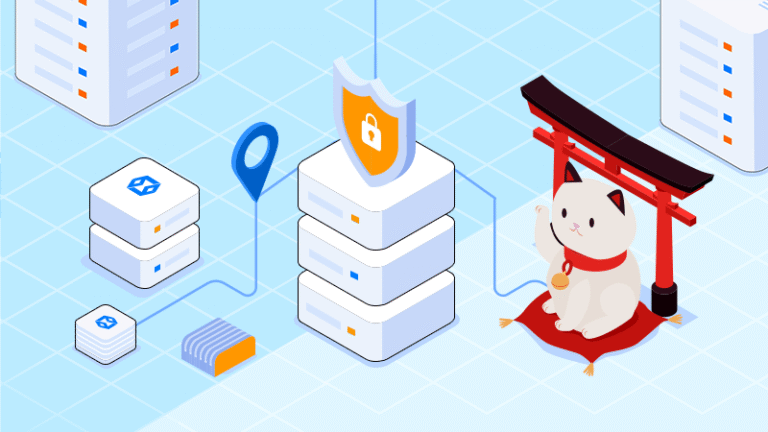Here is a rewritten version of the article with improved clarity, structure, and flow, while preserving the original meaning and technical accuracy:
—
VMware Cloud Foundation (VCF) is a comprehensive private cloud platform that unifies software-defined compute, storage, and networking with integrated cloud automation and management. A key component of this platform is VMware Cloud Foundation Operations (VCF Operations), which provides organizations with deep visibility into their infrastructure. This enables better capacity planning, performance tracking, and health monitoring of their cloud environments.
For VMware Cloud Service Providers (VCSPs), maintaining financial transparency and optimizing operational efficiency are essential. VMware Chargeback—now part of VCF Operations (formerly known as VMware Aria Operations)—addresses these needs by enabling accurate cost allocation and recovery. It allows VCSPs to bill users or departments based on their actual consumption of cloud resources. VMware Cloud Director (VCD), which supports multi-tenant environments, works in tandem with Chargeback to ensure tenant-level cost tracking and billing accuracy.
Understanding VMware Chargeback
VMware Chargeback is purpose-built for VCSPs to monitor resource usage and apply tailored cost models for tenant billing. Seamlessly integrated with VCD and other multi-tenant platforms, it ensures financial accountability across departments, business units, or customers. Backed by robust tools and policies, Chargeback simplifies cloud cost management, making it transparent and easy to understand.
Key Features of VMware Chargeback
1. Automated Cost Allocation
Chargeback automatically assigns costs based on actual usage of compute, storage, and network resources. Tenants can track their IT spending and validate charges through detailed reports, which can be customized to show costs per VM, application, or service.
2. Multi-Tenant Support
VCSPs often offer varied billing models to different tenants, which can complicate cost tracking. Chargeback supports per-tenant billing models within VCD, aligning resource usage with pricing structures. Tenants can access self-service dashboards to view only their own workloads and infrastructure components.
3. Flexible Pricing Models
Chargeback supports fixed, variable, and tiered pricing:
– Fixed pricing offers predictable costs regardless of usage.
– Variable pricing adjusts based on actual resource consumption.
– Tiered pricing provides volume-based discounts, encouraging scalability.
4. Custom Reports and Dashboards
Users can create or customize reports using predefined templates and schedule them as needed. Real-time dashboards display visual insights through charts, graphs, and heat maps. Alerts can be configured based on thresholds, and dashboards are available for memory, storage, network, VMs, and tenant summaries.
5. Integration with Third-Party Systems
Chargeback integrates with external billing platforms like SAP and Oracle via APIs, enabling automated invoice generation and data exchange. Management packs also support environments like AWS and Azure, extending chargeback capabilities across hybrid clouds.
Integrating Chargeback: Best Practices
– Tenant Management Optimization
Enable the Aria Operations plugin for tenants to provide visibility into cloud operations. This unlocks customization options and empowers tenants to manage their environments effectively.
– Tailored Tenant Experiences
Admins can customize tenant views and control access to specific metrics and pages. Data retention policies ensure compliance by defining how long billing and usage data is stored.
– Email Configuration
Set up automated email alerts and reports to keep tenants informed and engaged.
– Streamlined Policy Management
Use the policy definition tool to create and manage pricing strategies. This ensures accurate billing aligned with both provider and tenant expectations.
– Automated Billing
Automate billing cycles for consistency and accuracy. Review schedules regularly to adapt to changing tenant needs.
– Alerts and Reporting
Configure alerts based on specific triggers, assign them to tenant profiles, and choose notification methods (email, SMS). Use tenant reports to share insights from VCD.
– Cost Analysis and Comparison
Compare billing metrics across tenants, applications, and resource groups. Visualize data through graphs and tables, and save analyses for future reference.
Why VMware Chargeback Is Critical for VCSPs
The VMware Cloud Director infrastructure tile offers a centralized toolkit for configuration, tenant access control, and report management. By integrating with platforms like vCenter, VCD, Cloud Director Availability, and NSX, VCSPs can streamline chargeback processes and ensure accuracy.
1. Maximized Cost Recovery and Profitability
Chargeback eliminates revenue leakage by automating cost allocation and ensuring all infrastructure expenses are accounted for. Providers can monetize premium services—such as low-latency networking or dedicated CPU resources—through allocation-based pricing.
2. Enhanced Transparency and Customer Trust
Customers receive itemized billing reports that clearly show what they’re paying for. This transparency reduces billing disputes and builds trust. Real-time billing data helps tenants manage usage and avoid unnecessary charges.
3. Improved Operational Efficiency
Manual cost tracking is inefficient and error-prone. Chargeback automates metering and invoicing, reducing administrative overhead and enabling providers to focus on strategic services. Historical data also supports accurate capacity planning.
4. Full-Stack Monitoring
Chargeback extends beyond





